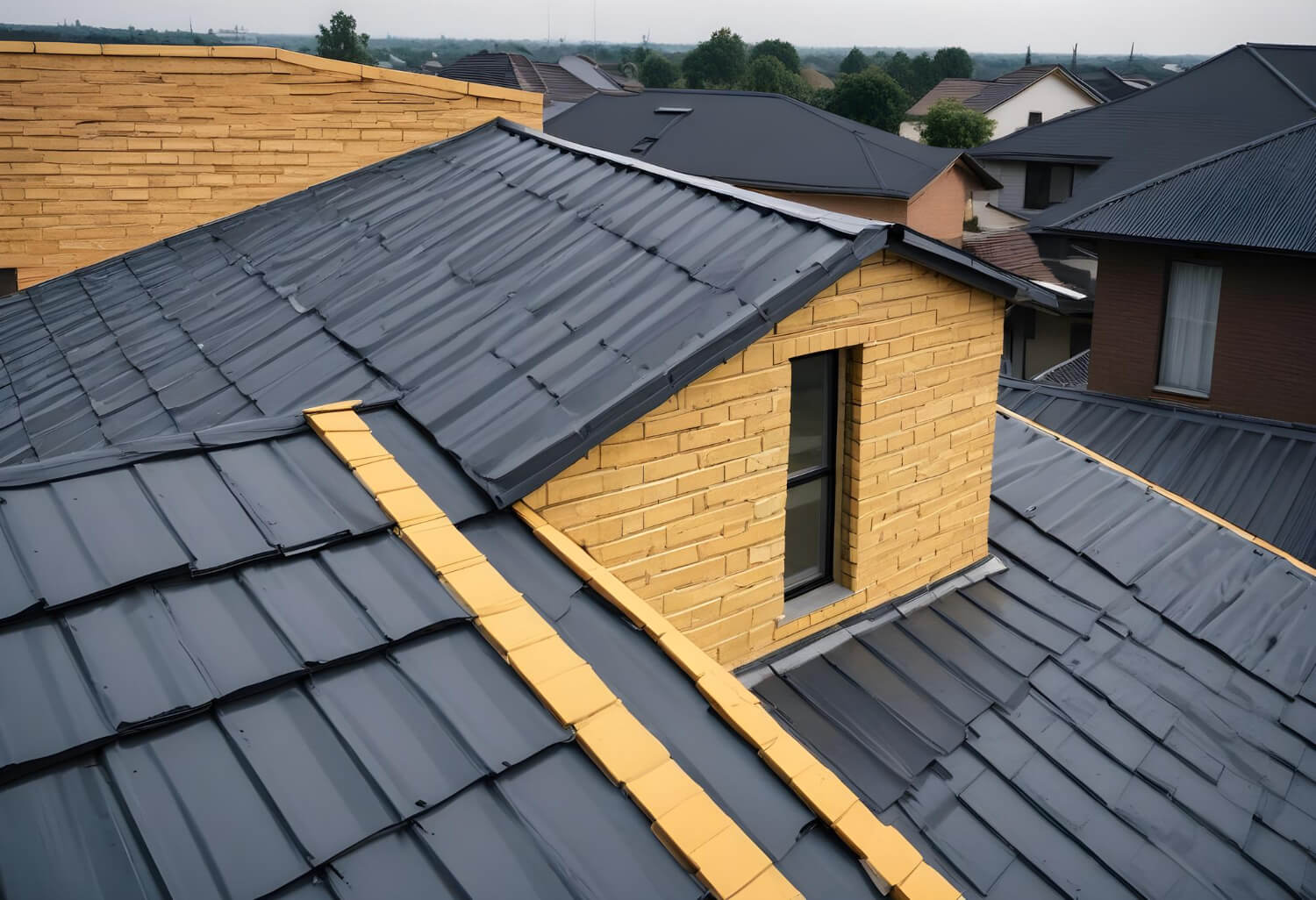Choosing the right roofing material is crucial for aesthetic appeal, long-term durability, and protection when it comes to maintaining a home. The lifespan of roofing materials varies widely, depending on the type of material used, the quality of installation, the climate, and regular maintenance. Understanding these variables can help homeowners decide when selecting roofing for new installations or replacements. Here’s an overview of the lifespans of popular roofing materials and factors that affect their durability.
Exploring the Lifespan of Asphalt Shingles: Factors That Influence Durability
Asphalt shingles are one of the most common roofing materials due to their cost-effectiveness and ease of installation. Typically, asphalt shingles last between 15 to 30 years. The lifespan can vary based on the quality of the shingles, with architectural shingles lasting closer to 30 years due to their thicker composition. Factors such as excessive heat, frequent temperature fluctuations, and poor attic ventilation can shorten the lifespan of asphalt shingles.
Maximizing Roof Longevity: The Enduring Benefits of Metal Roofing
Metal roofs are known for their durability and longevity, with lifespans ranging from 40 to 70 years. Common materials include steel, aluminum, and copper. Metal roofing is highly resistant to adverse weather conditions and is an excellent choice for areas prone to severe weather. Additionally, metal roofs are fire-resistant and can be more energy-efficient by reflecting solar radiant heat, which helps reduce cooling costs.
Clay and Concrete Tile Roofs: Durability, Aesthetics, and Maintenance Insights
Clay and concrete tile roofs are popular for their classic aesthetic and resilience. Clay tiles can last over 50 years, while concrete tiles have a lifespan of about 50 years. Both types are particularly resistant to decay, rot, and fire. However, they can be susceptible to cracking under heavy impacts or sudden temperature changes. Proper installation and regular inspection for cracked or broken tiles are essential to longevity.
Slate Roofing: Unmatched Durability and Timeless Elegance in Home Protection
Slate roofing is often considered the pinnacle of roofing materials in terms of durability and lifespan, lasting more than 100 years in many cases. Natural slate resists harsh weather conditions, fire, rot, and pests. The slate’s longevity is ensuring it is installed correctly and that the home’s structure can support its weight, as it is heavier than most other roofing materials.
Wood Shingles and Shakes: Enhancing Home Aesthetics With Natural Durability
Wood shingles and shakes provide a natural look that can enhance a home’s aesthetic, particularly in rustic settings. Wood shingles can last 25 to 30 years, while thicker wood shakes may last up to 35 years. The lifespan of wood roofing materials depends significantly on the type of wood and the climate. Regular treatment to prevent moisture absorption and rot is crucial, as is installation in areas that receive ample sunlight to avoid moss and mildew growth.
Composite Roofing: Durable, Low-Maintenance Solutions For Modern Homes
Composite roofing, made from synthetic materials, can mimic the look of wood, slate, or tiles and usually lasts about 30 to 50 years. These materials are manufactured to be lightweight, impact-resistant, and maintenance-free, which makes them an increasingly popular choice among homeowners.

